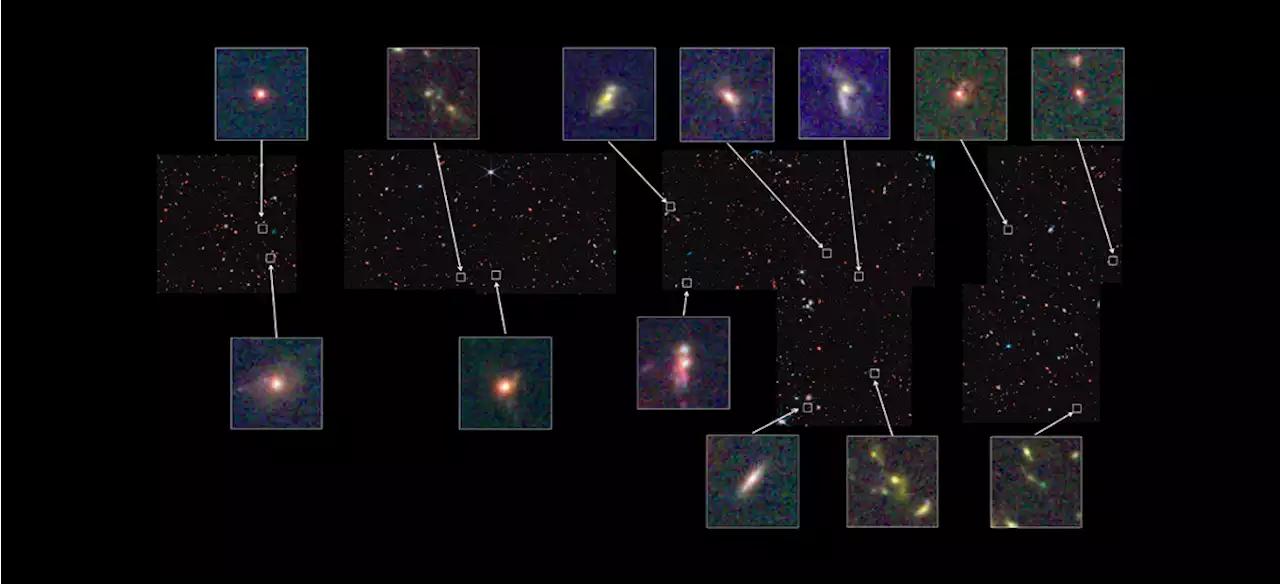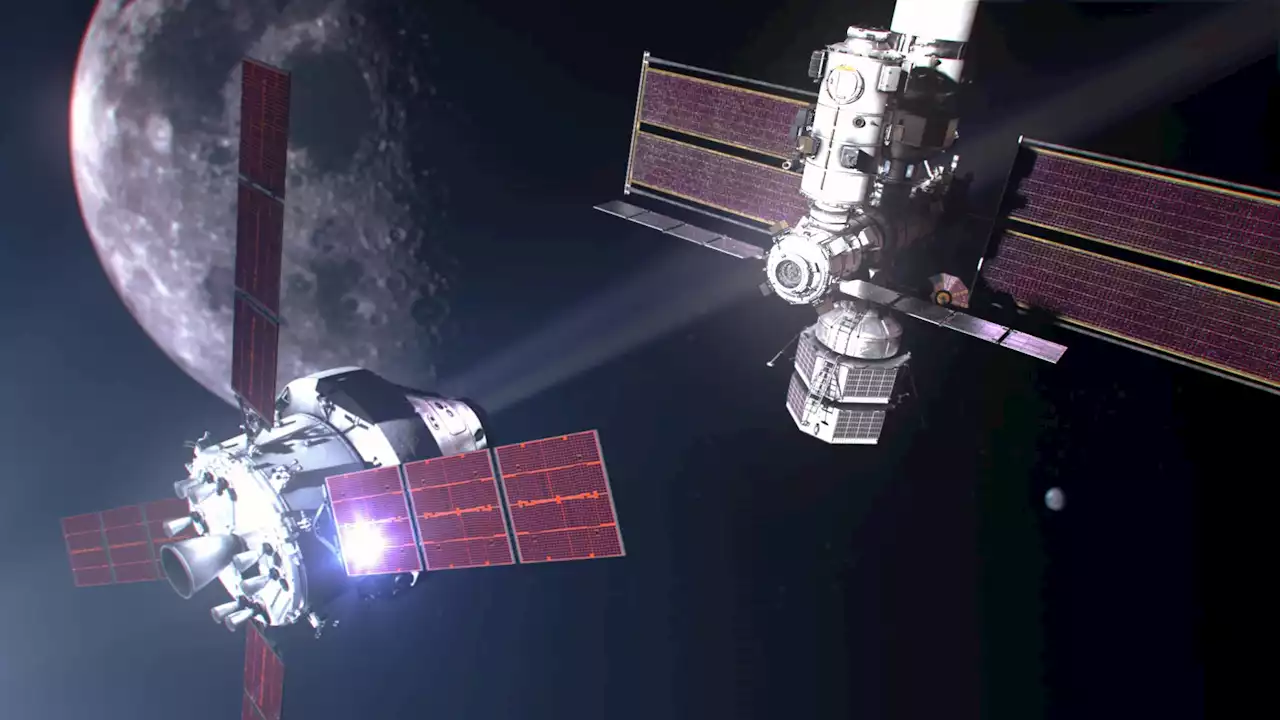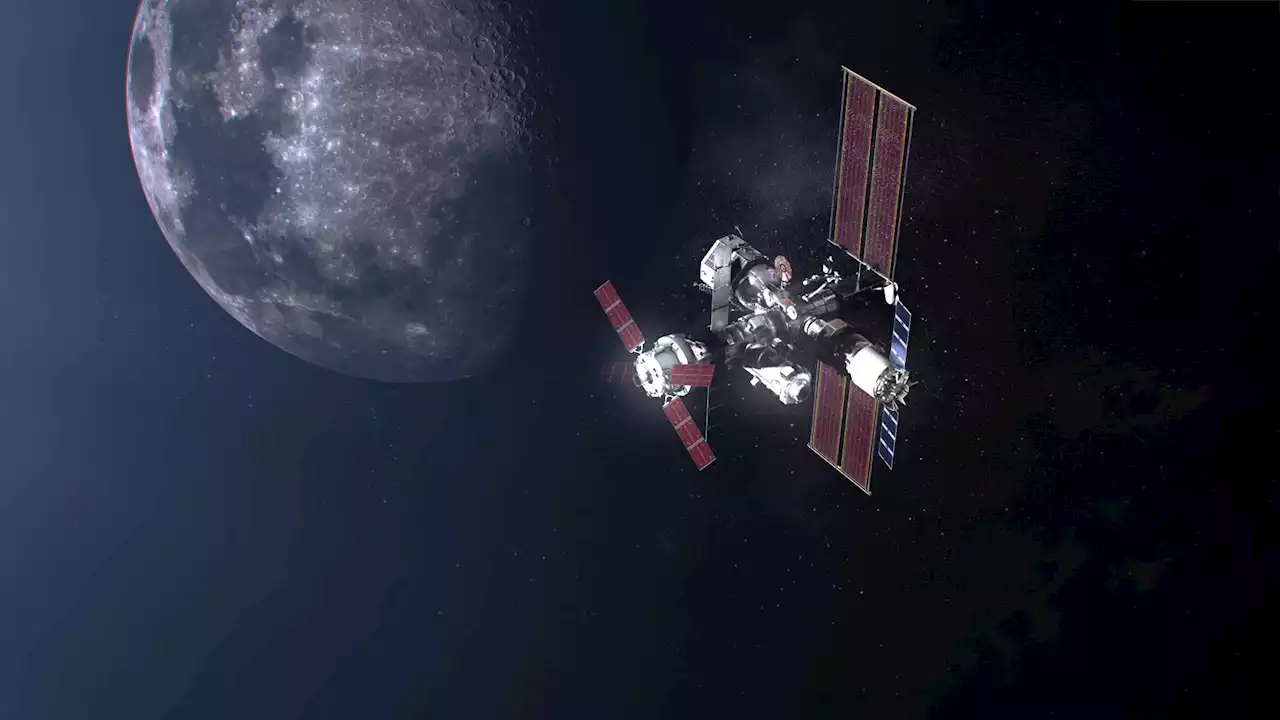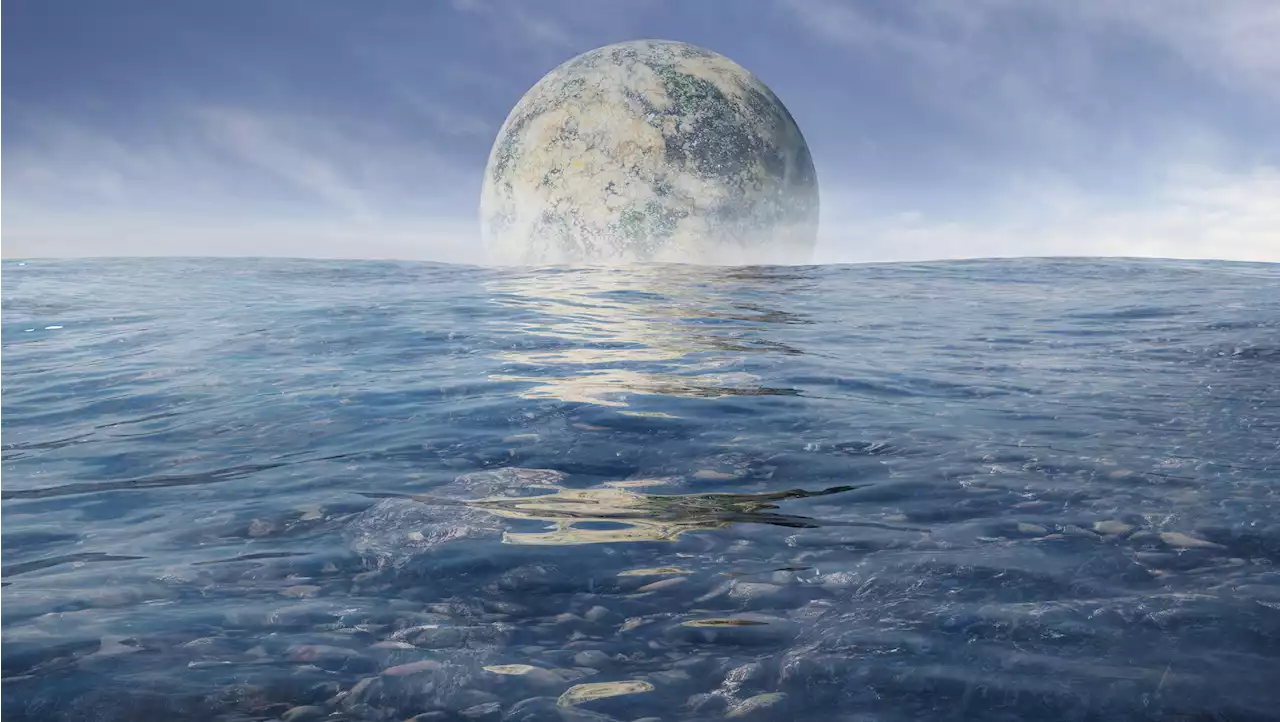The planet is rocky and almost precisely the same size as Earth, but whips around its star in only two days. Researchers using NASA’s James Webb Space Telescope have formally embarked on a new frontier: Identifying and analyzing rocky exoplanets that orbit red dwarf stars. A team led by Kevin Steve
, a planet that orbits another star, for the first time. Formally classified as LHS 475 b, the planet is almost exactly the same size as our own, clocking in at 99% of Earth’s diameter. The research team is led by Kevin Stevenson and Jacob Lustig-Yaeger, both of the Johns Hopkins University Applied Physics Laboratory in Laurel, Maryland.
A flat line in a transmission spectrum, like this one, can be exciting – it can tell us a lot about the planet. The purple line represents a pure carbon dioxide atmosphere and is indistinguishable from a flat line at the current level of precision. An atmosphere made up of pure carbon dioxide is far more difficult to detect, even for Webb’s advanced instruments. “We require very, very precise data to be able to distinguish a pure carbon dioxide atmosphere from no atmosphere at all,” explained Jacob Lustig-Yaeger of the Johns Hopkins University Applied Physics Laboratory.
The gray lines extending above and below each data point are error bars that show the uncertainty of each measurement, or the reasonable range of actual possible values. For a single observation, the error on these measurements is extremely small . Among all operating telescopes, only Webb is capable of characterizing the atmospheres of Earth-sized exoplanets. The team attempted to assess what is in the planet’s atmosphere by analyzing its transmission spectrum. Although the data show that this is an Earth-sized terrestrial planet, they do not yet know if it has an atmosphere. “The observatory’s data are beautiful,” said Erin May, also of the Johns Hopkins University Applied Physics Laboratory.
Credit: Illustration: NASA, ESA, CSA, Leah Hustak , Science: Kevin B. Stevenson , Jacob A. Lustig-Yaeger , Erin M. May , Guangwei Fu , Sarah E. Moran
United States Latest News, United States Headlines
Similar News:You can also read news stories similar to this one that we have collected from other news sources.
 Galaxies in early universe were surprisingly diverse, James Webb Space Telescope findsEven early on, 'galaxies were already fairly evolved and had a wide range of structures.'
Galaxies in early universe were surprisingly diverse, James Webb Space Telescope findsEven early on, 'galaxies were already fairly evolved and had a wide range of structures.'
Read more »
 Webb Space Telescope finds new planetA University of Arizona researcher is part of the team that used the powerful new James Webb Space Telescope or JWST to find a new planet.
Webb Space Telescope finds new planetA University of Arizona researcher is part of the team that used the powerful new James Webb Space Telescope or JWST to find a new planet.
Read more »
 This Week @NASA: Space Exploration Collaboration, Webb Reveals Galaxies From Dawn of the UniverseContinuing a collaboration in space exploration … Space station research heads back to Earth … And highlighting new science from NASA missions … A few of the stories to tell you about – This Week at NASA! https://youtu.be/kvskiBVlRiE US, Japan Sign Space Agreement at NASA Headquarters
This Week @NASA: Space Exploration Collaboration, Webb Reveals Galaxies From Dawn of the UniverseContinuing a collaboration in space exploration … Space station research heads back to Earth … And highlighting new science from NASA missions … A few of the stories to tell you about – This Week at NASA! https://youtu.be/kvskiBVlRiE US, Japan Sign Space Agreement at NASA Headquarters
Read more »
 US, Japan Sign Space Collaboration Agreement at NASA HQ – “The Future of Space Is Collaborative”During an event hosted by NASA Administrator Bill Nelson and Deputy Administrator Pam Melroy at the agency’s Headquarters in Washington on Friday, January 13, representatives from the United States and Japan gathered to sign an agreement that builds on a long history of collaboration in space explor
US, Japan Sign Space Collaboration Agreement at NASA HQ – “The Future of Space Is Collaborative”During an event hosted by NASA Administrator Bill Nelson and Deputy Administrator Pam Melroy at the agency’s Headquarters in Washington on Friday, January 13, representatives from the United States and Japan gathered to sign an agreement that builds on a long history of collaboration in space explor
Read more »
 NASA already unveiled a successor to James Webb that will search for life on alien planetsDespite Webb's young age, NASA has already unveiled plans for its big successor, a new telescope called the Habitable Worlds Observatory.
NASA already unveiled a successor to James Webb that will search for life on alien planetsDespite Webb's young age, NASA has already unveiled plans for its big successor, a new telescope called the Habitable Worlds Observatory.
Read more »
 Meet the accessibility advocate debugging the monochrome world for youNatasha Caudill is a social media influencer and accessibility advocate debugging the monochrome world for you. She speaks to Interesting Engineering about her life experiences, social media interactions, advocacy, and being a part of NASA's unveiling of the first images from the James Webb Space Telescope.
Meet the accessibility advocate debugging the monochrome world for youNatasha Caudill is a social media influencer and accessibility advocate debugging the monochrome world for you. She speaks to Interesting Engineering about her life experiences, social media interactions, advocacy, and being a part of NASA's unveiling of the first images from the James Webb Space Telescope.
Read more »
